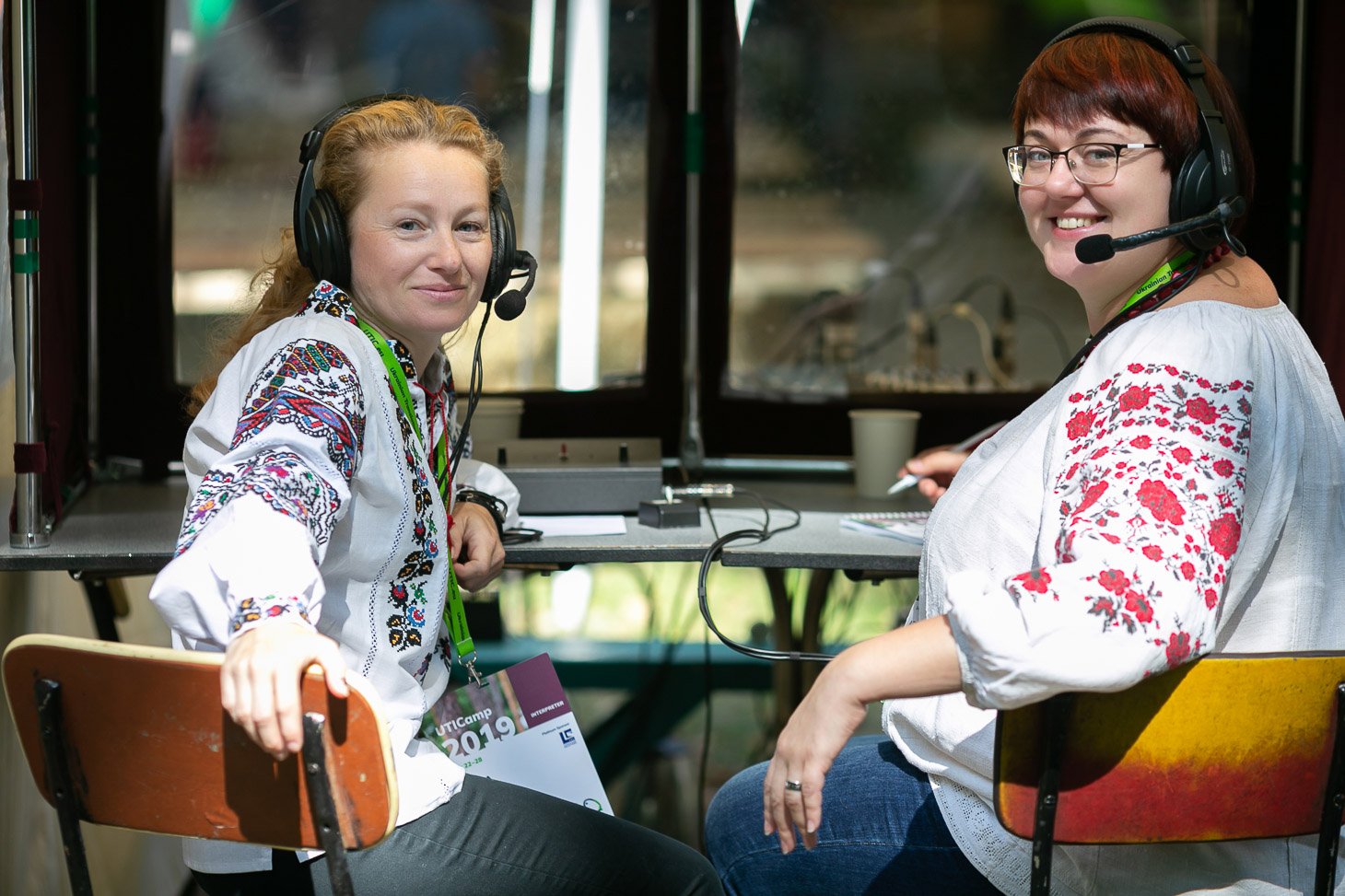 Spoken communications in the context of small and large gatherings are vital in business, educational, medical, and many other settings. But in order for your words to achieve your goals, your audience needs to understand you. This often requires the assistance of professional interpreters, who provide services in various ways. In order to select the best interpreting services for your needs, it’s useful to understand some industry-specific terms.
Spoken communications in the context of small and large gatherings are vital in business, educational, medical, and many other settings. But in order for your words to achieve your goals, your audience needs to understand you. This often requires the assistance of professional interpreters, who provide services in various ways. In order to select the best interpreting services for your needs, it’s useful to understand some industry-specific terms.
Consecutive and simultaneous interpreting
In consecutive interpreting, speakers make frequent pauses in their speech to allow interpreters to relay their messages in another language. The main advantage of this approach is its simplicity: you don’t need any equipment — just a qualified interpreter. On the other hand, consecutive interpretation slows down your event. That’s why you should consider simultaneous interpreting for the most demanding settings. With simultaneous interpreting, speakers can talk at their preferred pace and interpretation is delivered in (almost) real time. As a rule, this requires using specialized audio equipment and having at least two interpreters who replace each other every 20 to 30 minutes. This kind of service is often provided during conferences, and thus simultaneous interpreting is sometimes called conference interpreting.
On-site and remote interpreting
The main prerequisite for quality interpreting is clear speech or audio, both for interpreters and listeners. In the most basic scenario, the interpreter is physically close to the speakers. The interpreter sits or stands at a convenient place and provides services with or without audio equipment. But the development of telecommunications equipment gave birth to so-called “remote interpreting,” wherein services can be provided from another room or even another country. In turn, this kind of service can be further classified in accordance with the specific communication technology used. The first type of remote interpreting was over-the-phone interpreting, or OPI. Thanks to its relative technical simplicity, OPI is still widely used. Sometimes, such as in the case of a medical or other emergency, it might be the only way to provide interpreting, albeit with some limitations. When communications can be planned in advance, however, it’s better to use video remote interpreting (VRI). VRI hardware and software solutions allow for almost perfect interactions between conversation participants and interpreters.
InText has a vast experience in providing interpreting services. One of our most significant projects in this field is UTICamp, a one-week international translation industry conference. This event is supported by simultaneous interpreting into three languages both on-site and for remote participants. Video recordings can be found on YouTube as well.

Simultaneous interpreters Iryna Skopina and Arina Lepetukh at UTICamp-2019, organized by InText

